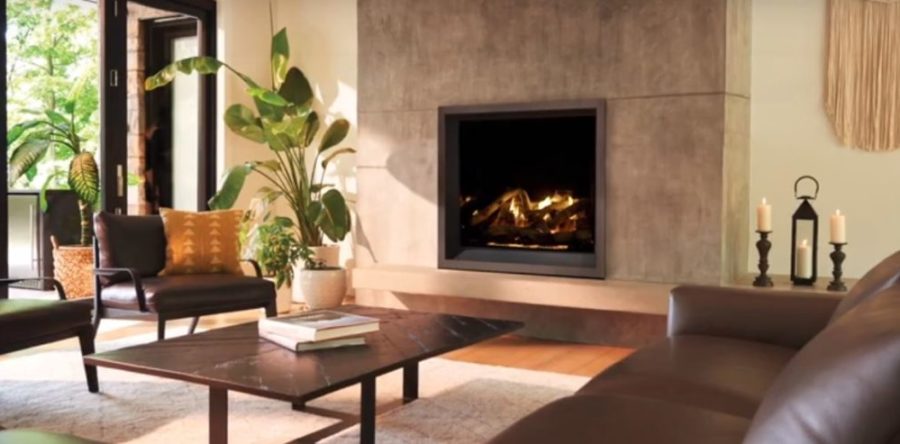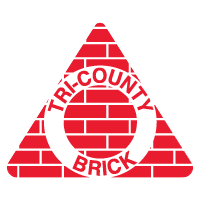How can I prevent soot from accumulating on wood stove glass?
Tired of soot-covered glass ruining the ambiance of your wood stove? We provide five simple steps to prevent buildup and keep the view of your cozy fire crystal clear.
What causes soot on your wood-burning glass appliance?
The short answer? Improper combustion. Soot is caused by smoke, and ultimately, smoke is unburned fuel. Therefore, soot on the glass is a symptom of a fire not performing well.
To achieve a ”good” fire, three elements are required:
- Fuel: The right type of fuel and how dry it is will significantly increase your success.
- Air: Too little of it will ”choke” the fire and lead to a smoldering, smoky fire.
- Heat: You must get things hot and fast to get a good fire going.
6 Easy Steps to Prevent Soot on Your Fireplace Glass
- Smoke is Your Ally!: Did you know that up to 60% of the potential heat is goes up in smoke? Yes, you heard that right: smoke is unburned fuel. The good news is new wood-burning units either have a “reburn” system or a catalytic converter that uses all the fuel, including the smoke. As a bonus, since these new units burn the smoke, you end up with more heat (efficiency) in your house and next to no smoke and creosote deposit in your chimney.
- Burn the Right Wood: Seasoned wood is critical! Wet wood generates excess smoke and creosote, which leads to dirty glass. Always burn dry, well-seasoned logs for the cleanest burn. If unsure, inexpensive wood moisture meters are readily available online and at big box stores. The wood moisture content should be 20% or below.
- Get Your Fires Hot: Start your fire quickly with dry, small kindling and gradually add bigger pieces. Small, hot fires burn wood more completely, reducing soot and improving efficiency. This also gives you more heat from your fuel.
- Airflow Is Your Friend: Make sure your air vents are open, especially when starting a new fire or adding wood. Most new wood stoves and fireplaces have an ‘air wash.’ This is basically a cold air curtain that falls in front of the glass, keeping it clean.
- A Little Maintenance Goes a Long Way: Regularly inspect your stove’s door gaskets for a tight seal. This helps the air wash system work properly.
- Get Cozy with Your Owner’s Manual: I know this is not popular advice, but your owner’s manual is chock-full of useful information on how to get the most out of your wood stove or fireplace.
Note About Catalytic stoves: For catalytic and hybrid catalytic wood stoves, dark sooty glass is more likely to happen as they work at lower temperatures. This is normal and nothing to worry about. You can disengage the catalyst, adjust the airflow to raise the temperature, and get the air wash going. The glass should then self-clean.
Where to Get Help
Need help getting your stove to burn cleanly and prevent soot on your wood stove glass? Find a WE LOVE FIRE® dealer near you for expert advice and maintenance.





















